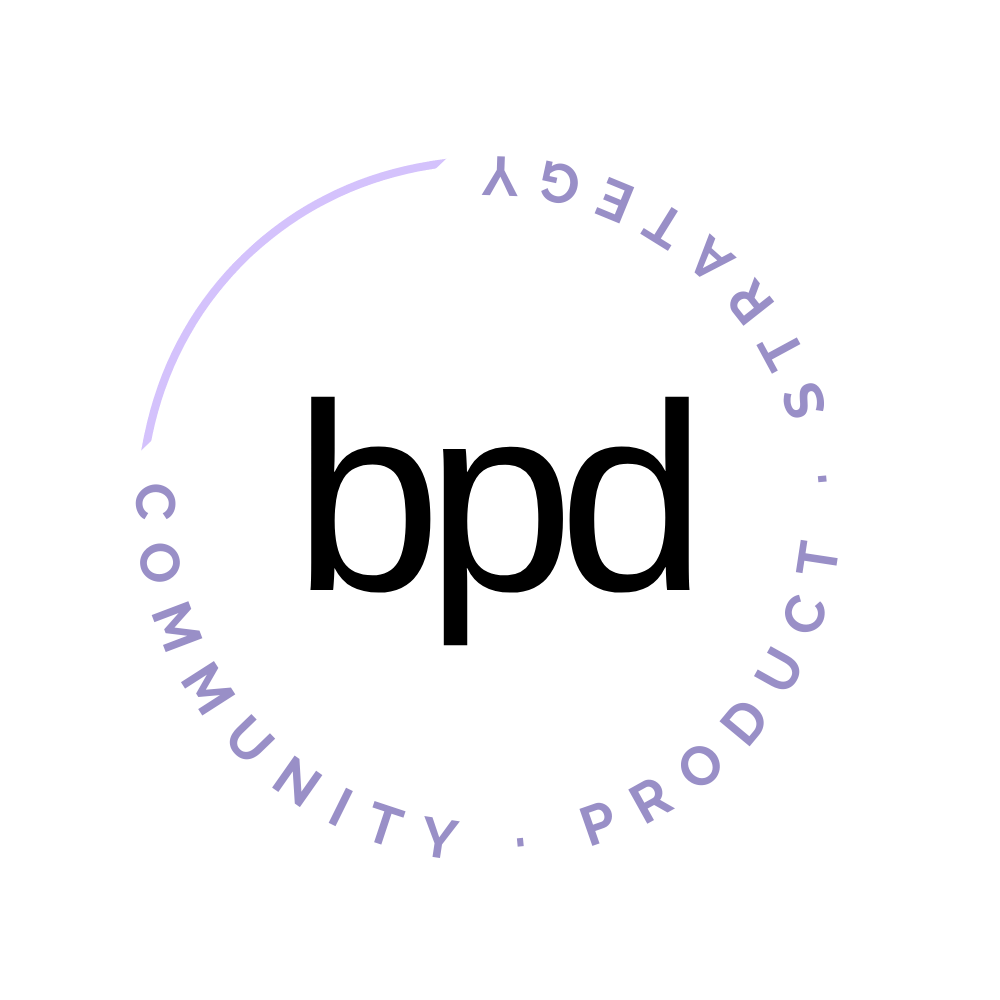#88 Why Your Community Engagement Isn't What You Expected
I'm tackling a tough engagement challenge with one of my clients and it has me digging into all the ways community engagement can go wrong.
This is the most common failure I see in community products. Members don't use the community as expected, and therefore the community experience lacks meaningful interactions and connection.
Connection is important because it's the #1 contributor to high retention and therefore a long-term sustainable product.
Engagement means that there are meaningful connections being made, and community support happening as often as it makes sense.
We're not talking about vanity metrics here – "likes" don't mean much in community work.
So what do you do when your product doesn't have the meaningful engagement that you hoped it would?
Let’s get into it –
When the engagement in your community isn't what you were hoping for, there are 3 possible reasons:
Using your product isn't as easy as you think
The engagement you were hoping for isn't needed for your members to have results
Your members don't know they're missing anything because you haven't set clear expectations
The first two have to do with your product design – you may need to migrate platforms, simplify experience, or remove aspects of your offer. (If that feels like a punch to the gut, we offer product audits at my agency that will diagnose and offer solutions to fix the problem)
But more often than not it's problem 3 that trips up your customers.
Let's dig into how to solve for it –
Set Clear Expectations
Your members aren’t mind readers and the only person that knows how you anticipate people will behave is you…
If you want a specific type of engagement in your community, you need to set expectations throughout their customer journey.
PRE– PURCHASE: SALES PAGE - share the purpose of the community and how your members connect. Jay Clouse does such a great job of this – the purpose of his community is for professional creators to share experiments with one another and that comes through on the sales page.
POST-PURCHASE: ONBOARDING – onboarding is the most obvious and important place to set expectations. This will be through emails and your in-app experience. Tell them how to get started, what to do next, and what to do after that. Help them build the habit of connecting in the way you've designed.
ONGOING: PROGRAMMING – Weeks, months, and even years into membership people won't remember their quick onboarding experience. Continuously remind people how they should interact and participate. Live events are a great way to plug what you expect and you can build it into content, too.
The best way to figure out what expectations to set is to try and imagine every single question you could get.
Here are some thought starters:
How should I contribute here?
How many events should I attend?
How often can I post in the forum?
How fast should I go through the content?
What do I do when I feel stuck or need help?
Am I allowed to DM anyone in the community?
When can I expect a follow up from my onboarding call?
Am I allowed to answer questions in the help & feedback area?
There will be people that don't need all this spelled out ... they're already on your wavelength of what you expect.
But the majority need the details. It's not because they're not as smart, it's just a different personality type, or your community environment is a completely new concept to them.
There will also be people that go against the grain, and you have to determine which expectations are "rules" you have to uphold and which don't matter.
For example, if someone goes through the entire curriculum in one week instead of pacing it out over 8 weeks like you suggest, no problem.
But if someone is spamming other members in DMs, that's a rule you should address they're breaking.
One thing you can expect? Your expectations will evolve.
Be patient and flexible. Expectations may need to be adjusted along the way. As your community evolves, so might their needs and wants.
Stay open to feedback and be willing to adapt your approach as necessary. It's all part of the learning journey.
Create a solid foundation of trust and understanding with your community:
Communicate openly
Set clear guidelines
Manage your own boundaries
Foster a culture of feedback
Be adaptable
If you loved this, you can subscribe to the weekly newsletter here for free! I send a bunch of resources & share a bts happenings of my business in the email version.
